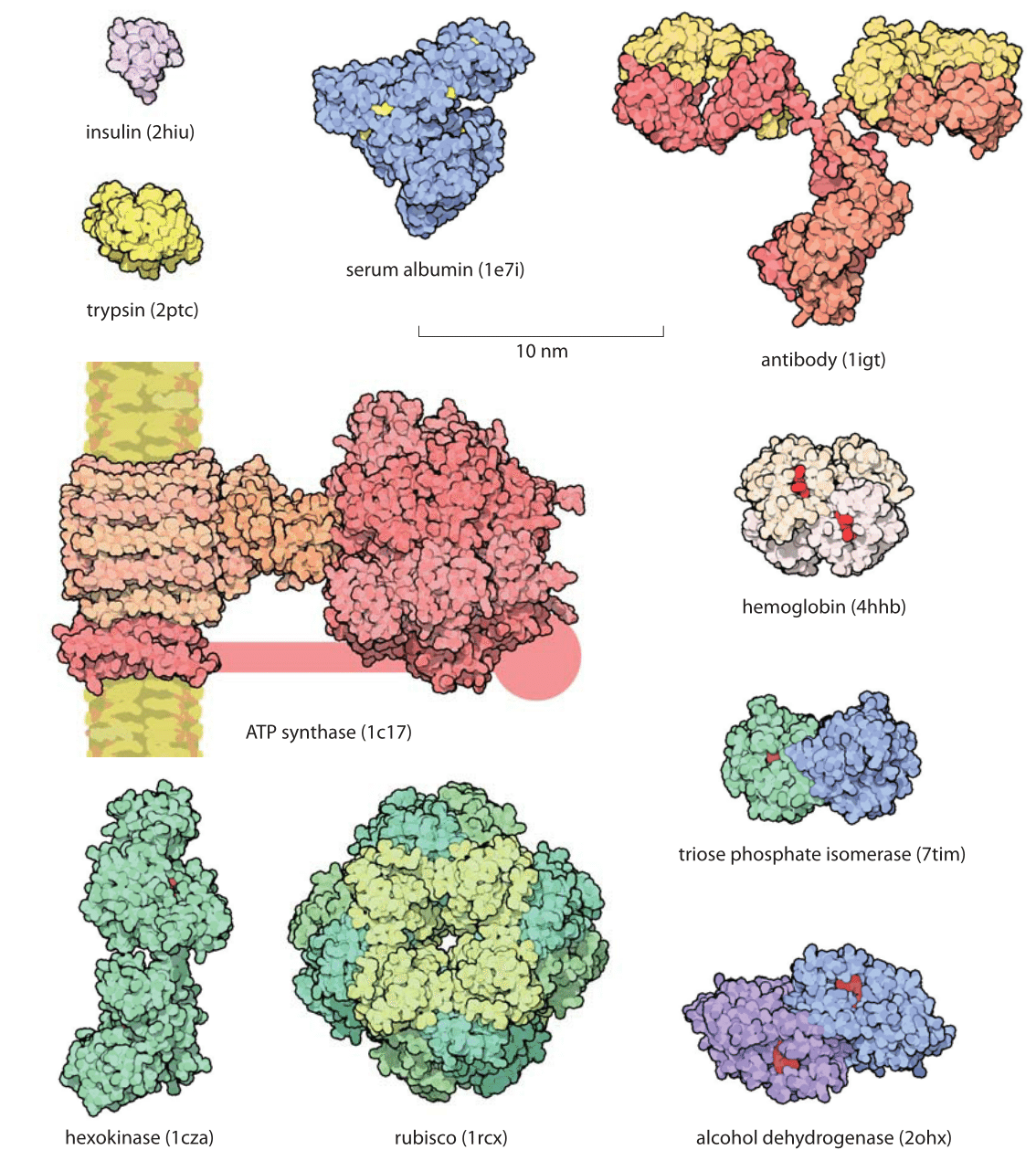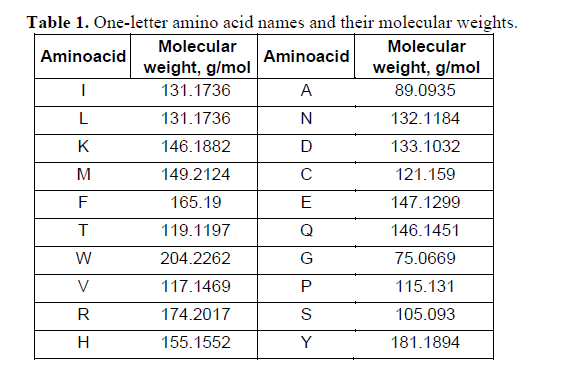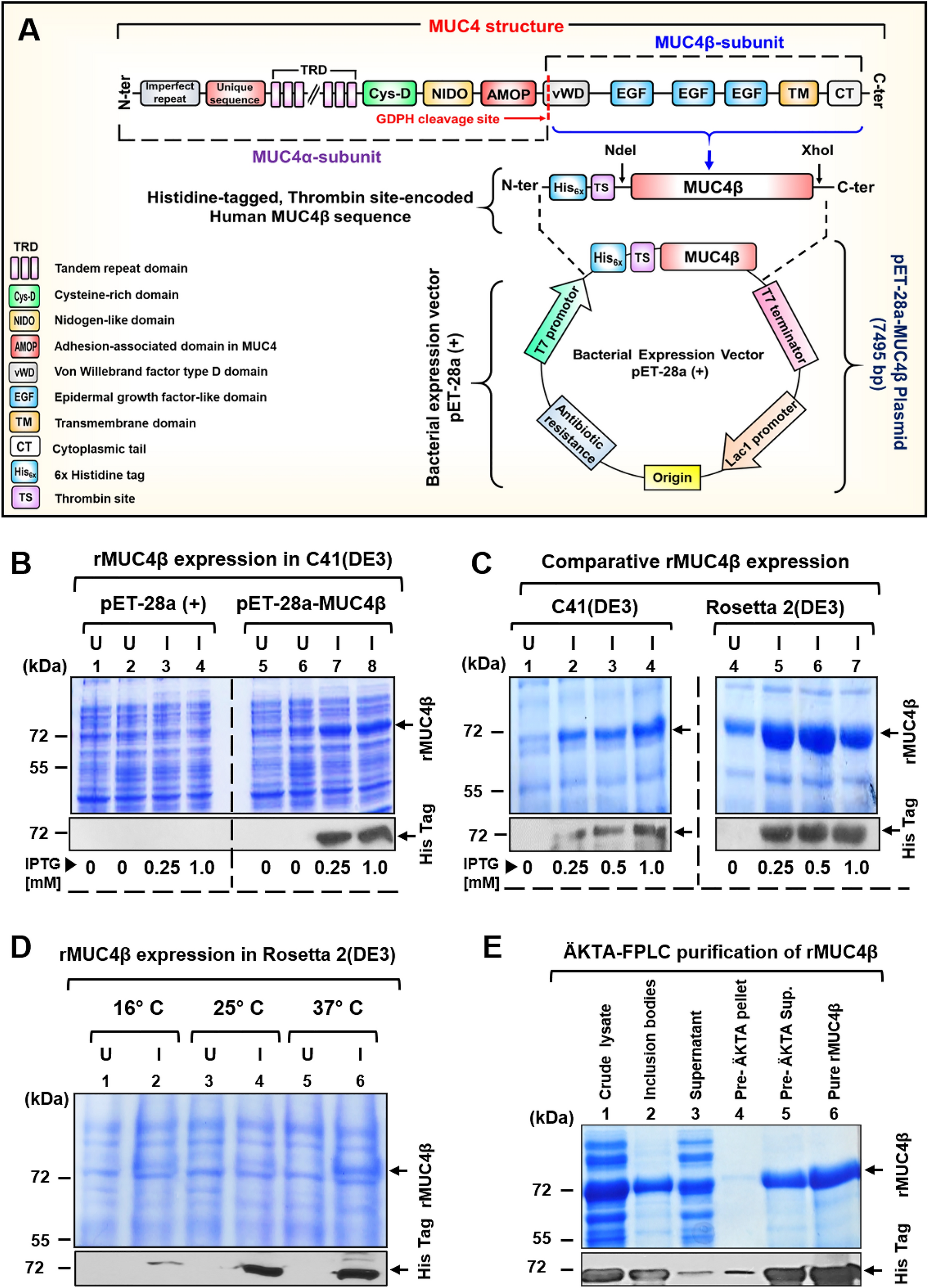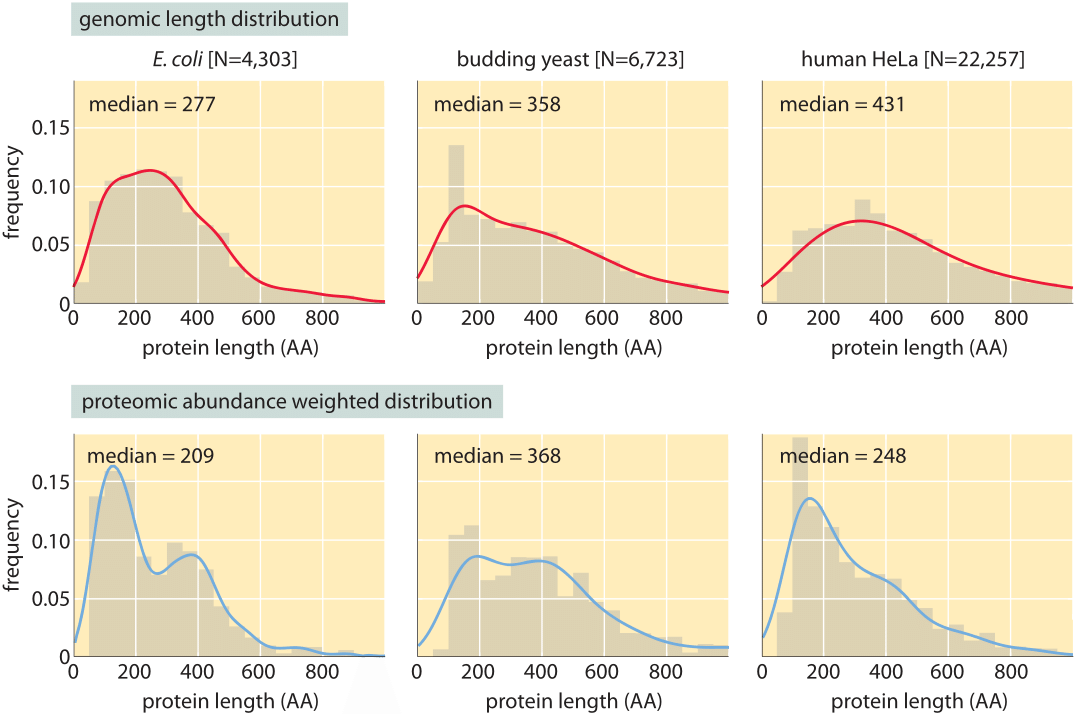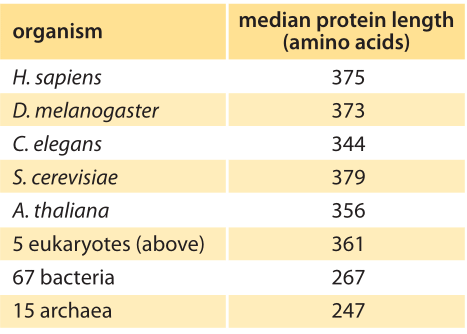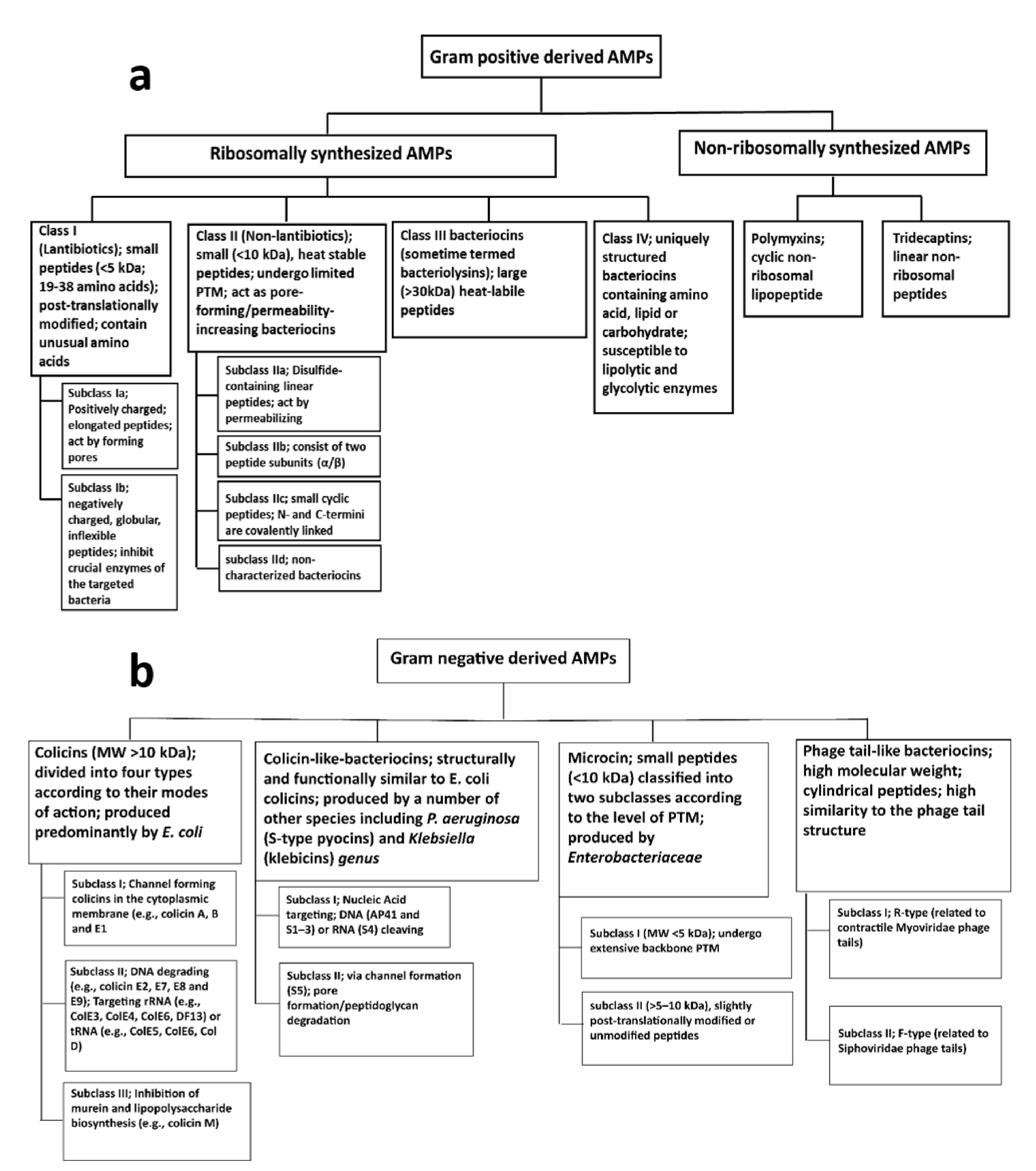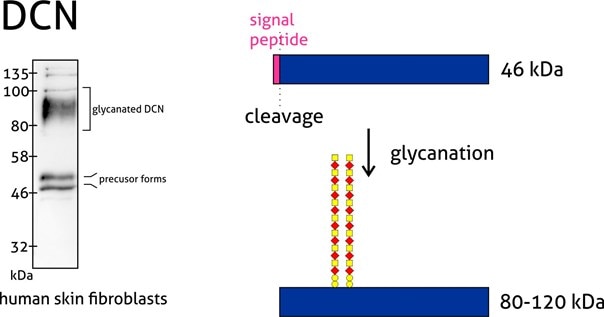
Western Blot Troubleshooting: Why Does The Observed Protein Molecular Weight (MW) Differ From The Calculated One? | Proteintech Group

Amino acid sequence of 45-kDa collagen-associated protein predicted... | Download Scientific Diagram
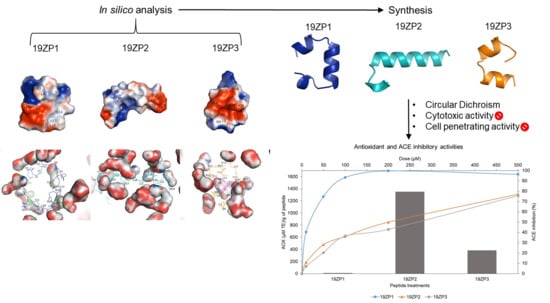
Molecules | Free Full-Text | In Silico Analysis and In Vitro Characterization of the Bioactive Profile of Three Novel Peptides Identified from 19 kDa α-Zein Sequences of Maize

Why Does the Molecular Weight of My Protein Differ From the Theoretically Expected Weight? | Technology Networks

Amino acid sequence of 45-kDa collagen-associated protein predicted... | Download Scientific Diagram


